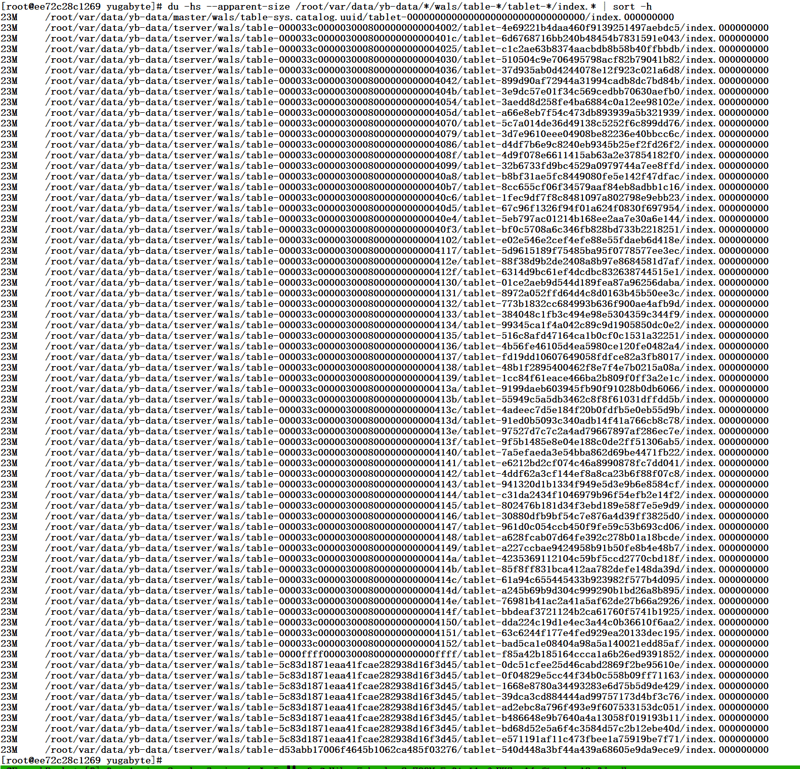Introduction
Nine years ago, I began my Node.js journey with version 0.12. Back then, I struggled to understand concepts like callbacks and event loops. As a PHP developer, coding for a living, working for a Software House/Advertising Agency, I found myself debugging a plugin written in Node for a retailer’s car project, not knowing that new languege would shape my career in the coming years.
The Evolution of Node.js
Working with Node.js has always been easy and enjoyable for me. Having started with the early versions, I’ve witnessed the language’s growth and evolution. I saw the merge of IO.js with Node.js, the challenges of callback hell, and the introduction of libraries like Waterfall to address these issues. I also saw the addition of class support (though not “real,” but syntactic sugar over existing prototype-based inheritance) and the ongoing debates between functional and object-oriented programming, etc. All this has always kept the community dynamic and creative.
Transition to GoLang
Despite my love for Node.js, I recently decided to transition to GoLang. This choice stemmed from a deeper realization. After years of experience, I sometimes felt like I was merely hacking in Node.js, not truly engineering the solutions. This feeling became evident during a recent interview when I struggled to articulate my understanding of Big O notation. It wasn’t just about knowing the terms; it was about embracing a methodical approach to problem-solving, a mindset I felt I lacked.
Embracing a New Mindset
The decision to learn GoLang represents more than just learning a new language; it’s about adopting a new mindset. I see GoLang as a pathway to becoming the engineer I aspire to be, a shift from hacking to engineering.
The Journey Ahead
My journey into GoLang is not just about learning syntax and a new programming language, it’s about creating real-world projects. With my experience creating solutions using AWS, K8S, Helm, Terraform, and technologies like gRPC and GraphQL, I’m ready to build something tangible with GoLang. I plan to document this journey, focusing on a project that is both manageable and impactful. This series of articles will delve into the process of building a real-world solution with GoLang, highlighting the decisions, challenges, and progress along the way.
Conclusion
As I embark on this journey into GoLang, I am excited about the possibilities that lie ahead. I hope to not only develop an exciting project but also offer a unique perspective that can inspire others considering a similar transition. This journey is not just about mastering a new programming language; it’s about evolving as an engineer and embracing a new way of thinking.




